This article was medically reviewed by Jennifer Boidy, RN. Jennifer Boidy is a Registered Nurse in Maryland. She received her Associate of Science in Nursing from Carroll Community College in 2012.
There are 12 references cited in this article, which can be found at the bottom of the page.
wikiHow marks an article as reader-approved once it receives enough positive feedback. In this case, 89% of readers who voted found the article helpful, earning it our reader-approved status.
This article has been viewed 53,955 times.
Everyone naturally makes earwax, but excess earwax can interfere with your hearing, become uncomfortable, and increase your risk of ear infections.[1] Many people use Q-tips or cotton swabs to clean their ears, but doing so can push wax deeper into your ear and potentially cause damage.[2] A better approach is to use hydrogen peroxide. If you take the proper precautions, cleaning your ears with peroxide can be safe and effective.
Steps
Setting Up
-
1See your doctor before trying to clean your ears at home. Humans are supposed to have earwax — it has the important job of protecting our ears from bacteria and fungus. It’s rare to have so much earwax that it has to be removed; however, if you have ear pain, a feeling of fullness or pressure in your ear, or hearing loss, see your doctor to make sure that the problem is excessive earwax and not something else.[3]
- Earwax removal is most safely done by a healthcare professional.[4]
- Using peroxide can cause ear damage if your ear problem isn’t due to excess earwax.
- If your doctor okays it, you can proceed to using peroxide at home. Ask for advice on selecting and using at-home ear cleaning products.
-
2Consider purchasing an earwax-removal kit. Pharmacies and drug stores often sell ready-made earwax-removal kits that can be easy to use at home. Often, these kits contain earwax-softener like Debrox or Murine — products that contain a mild form of peroxide. The kits may also include bulb syringes or other tools you might need.[5]Advertisement
-
3Gather your materials. If you want to use products you already have at home, you can. The cleaning process should take about 30 – 45 minutes. Gather and prepare the following materials before you start to clean your ears:[6]
- An oil to soften the earwax, such as mineral oil, baby oil, olive oil, or glycerin
- Hydrogen peroxide, or a carbamide peroxide solution available at most drug stores
- The peroxide must be diluted — make sure you get peroxide that is 3% or lower in strength.
- Two medium-sized bowls
- An eyedropper
- A rubber bulb syringe
- A clean towel
-
4Warm the oil and peroxide. Putting cold fluids in your ear can be uncomfortable, so warm up the oil and peroxide before using them.[7] Fill two bowls with hot water. Place the bottle of peroxide in one, and the bottle of oil in the other. Let them sit for a few minutes to warm. You could also put the oil and peroxide into two smaller bowls and place those in the hot water.
- Test the temperature of the oil and peroxide on the skin of your hand before putting it into your ear. It should be warm, not hot.
Performing the Procedure
-
1Position yourself. Tilt your head to one side so that the ear you are cleaning first is facing the ceiling. Place your clean towel beneath your head, or on the shoulder of the ear being cleaned, to catch drips — whatever is more comfortable for you.
-
2Soften your earwax with oil. Draw up some of your warm oil into the eyedropper, and drop about two drops into your ear. Allow the oil to sit in your ear, with your head tilted, for about 3 minutes.[8]
- Do not push the dropper deep into your ear canal. Insert the tip gently into your ear and let the oil drop or roll down to your eardrum.
-
3Add the warm peroxide. Draw up several drops of the peroxide in your eyedropper, and gently drip it into the same ear. Let this sit for 10 minutes.[9]
- You might feel bubbling, tickling, or itching as the peroxide works. It may also sound like crackling.
-
4Flush the wax out with warm water. When the bubbling has stopped and time is up, draw up some warm water with your bulb syringe. Tilt the ear you are cleaning over your sink. Hold the bulb syringe at a 45° angle to your ear, and gently squirt the warm water into your ear canal. Pull your outer ear up and back with your other hand — this straightens your ear canal and will let the water in better.[10]
-
5Drain your ear completely. Let the water, peroxide, and oil drain out of your ear into the sink or onto your towel. You may see earwax in the liquid coming out. Pull your outer ear up and back to allow for best drainage, then let go and wait for everything to drain out completely.[11]
-
6Dry your ear gently. Dry your outer ear with the towel. You can also use a hair dryer on the low/cool setting to dry your ear canal.[12]
-
7Clean your other ear. Repeat the process on your other ear. Re-warm the peroxide and oil if they have cooled down.
-
8Perform this procedure as often as you need to. You might need to do this process several times to soften your earwax enough to remove most or all of it. You can try repeating the process over several days. See your doctor if your symptoms don’t improve after several attempts.
- Once your ears are clean, you can do this cleaning process once a month.[13]
- If you often struggle with excess earwax (and not another ear problem), you can use oil weekly to soften the wax. Use two to three drops in each ear, and flush it out with warm water. Peroxide is probably too drying to use weekly.
-
9Use peroxide weekly if you get “swimmer’s ear.” Swimmer’s ear, or otitis externa, is an infection of the outer ear (outside the ear drum) that many people get from swimming. If you get swimmer’s ear often and it’s been diagnosed by your doctor in the past, cleaning your ears with peroxide occasionally may help prevent infection.[14]
- You can also try putting two to three drops of oil in each ear before swimming as a protective measure.
Using Peroxide Safely
-
1Add mineral or baby oil to peroxide if you have sensitive skin. Hydrogen peroxide may be too harsh for you if you have sensitive skin. Peroxide can be very drying, which can be irritating if you’re prone to breakouts or skin reactions. If peroxide is drying your ear canals, try adding a few drops of mineral or baby oil to the peroxide.[15] If that doesn’t help, use an alternate method to clean your ears.
- You can try warm water alone or a saline solution, instead. Make a saline solution by dissolving ½ teaspoon of salt in a cup of boiled water.[16]
-
2See your doctor if you have signs of an ear infection. If you have an ear infection, don’t try to clean your ears with peroxide. See your doctor to get diagnosed and treated — you might need antibiotics, depending on what’s causing your infection.[17]
- You may have an ear infection if you have ear pain (especially when you lie down), diminished hearing, and fluid draining from your ear. You may also have a feeling of fullness or pressure in your ear, or a fever.
- Look for signs of a possible ear infection in children, such as crying and pulling at their ear, trouble sleeping, difficulty hearing and responding to sounds, fever of 100°F (38°C) or higher, loss of balance, not eating, or complaining of a headache.
-
3Keep your ear clean and dry if you have a perforated eardrum. If your eardrum perforates, or ruptures, don’t put anything liquid in your ear. Suspect that your eardrum has ruptured if you have increasing pain or pressure in your ear, followed by quick relief from pain, drainage from your ear, and loss of hearing. See your doctor right away — ruptured eardrums usually heal by themselves, but they might need to be repaired surgically. In the meantime, keep your ear clean and dry.[18]
- You should not use peroxide if you have ear tubes, or tympanostomy tubes. Some people get small hollow tubes surgically implanted in their eardrum as a child if they have frequent ear infections. Don't use peroxide if you've ever had ear surgery.
Warnings
- If using peroxide at home does not successfully clear out your ears, see your doctor. You may need a referral to an Ear-Nose-Throat (ENT) specialist.⧼thumbs_response⧽
- If using peroxide makes your symptoms worse or causes pain, stop using it right away and see your doctor.⧼thumbs_response⧽
- Never put any objects into your ear, including Q-tips or cotton swabs. Don’t try to dig earwax out with paper clips or pencils. You can push wash further in and seriously damage your eardrum.[20]⧼thumbs_response⧽
- Don’t use ear candles. They aren’t proven to work and may cause injury.[21]⧼thumbs_response⧽
- See your healthcare professional if anything is draining from your ear, or you have severe ear pain.[22]⧼thumbs_response⧽
References
- ↑ https://uhs.berkeley.edu/sites/default/files/earwax.pdf
- ↑ https://health.clevelandclinic.org/2016/04/do-you-have-ear-wax-buildup-read-these-dos-and-donts-video/
- ↑ https://health.clevelandclinic.org/2016/04/do-you-have-ear-wax-buildup-read-these-dos-and-donts-video/
- ↑ https://www.health.harvard.edu/staying-healthy/got-an-ear-full-heres-some-advice-for-ear-wax-removal
- ↑ https://uhs.berkeley.edu/sites/default/files/earwax.pdf
- ↑ https://uhs.berkeley.edu/sites/default/files/earwax.pdf
- ↑ http://www.newhealthadvisor.com/how-to-clean-your-ears.html
- ↑ http://www.newhealthadvisor.com/how-to-clean-your-ears.html
- ↑ http://phb.secondsensehearing.com/content/cleaning-out-your-ears-best-practices
- ↑ https://health.clevelandclinic.org/ear-wax-removal-101-the-best-and-safest-ways-to-clear-clogged-ears/
- ↑ https://www.mayoclinic.org/diseases-conditions/earwax-blockage/diagnosis-treatment/drc-20353007
- ↑ https://www.mayoclinic.org/diseases-conditions/earwax-blockage/diagnosis-treatment/drc-20353007
- ↑ http://phb.secondsensehearing.com/content/cleaning-out-your-ears-best-practices
- ↑ https://health.clevelandclinic.org/2014/07/best-ways-to-steer-clear-of-swimmers-ear-this-summer/
- ↑ http://www.newhealthadvisor.com/how-to-clean-your-ears.html
- ↑ http://www.aboutkidshealth.ca/En/HealthAZ/TestsAndTreatments/HomeHealthCare/Pages/Normal-Saline-Solution-How-prepare-home.aspx
- ↑ https://www.nhs.uk/conditions/ear-infections/
- ↑ https://myhealth.alberta.ca/Health/aftercareinformation/pages/conditions.aspx?hwid=uh5075
- ↑ http://www.newhealthadvisor.com/how-to-clean-your-ears.html
- ↑ https://www.mayoclinic.org/diseases-conditions/earwax-blockage/diagnosis-treatment/drc-20353007
- ↑ http://phb.secondsensehearing.com/content/cleaning-out-your-ears-best-practices
- ↑ http://www.mayoclinic.org/diseases-conditions/ear-infections/symptoms-causes/dxc-20199484
About This Article
To clean ears with peroxide, start by tilting your head to 1 side so the ear you’re cleaning first is facing the ceiling. Next, soft the earwax by drawing some warm oil into an eyedropper and putting 1-2 drops in your ear. After letting the oil sit for 3 minutes, draw up several drops of peroxide in your eyedropper and gently drip it into the ear. When 10 minutes has gone by and the bubbling has stopped, use a bulb syringe to flush your ear with warm water. For more tips from our Registered Nurse reviewer, including how to use peroxide for “swimmer’s ear,” keep reading!

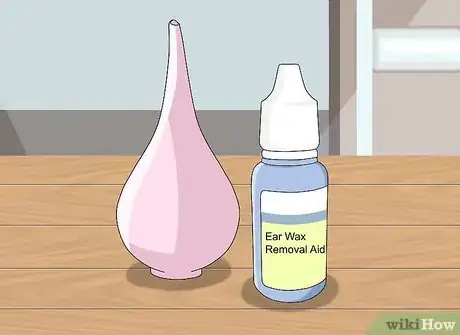
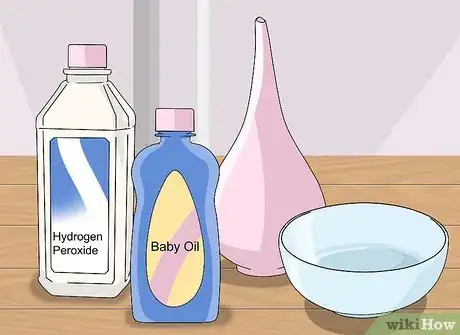
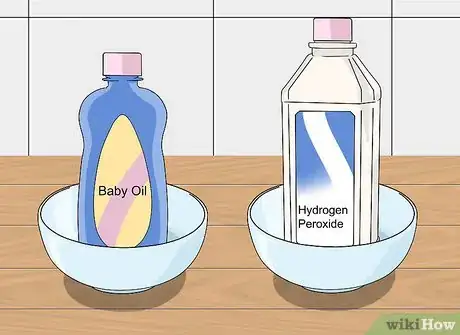
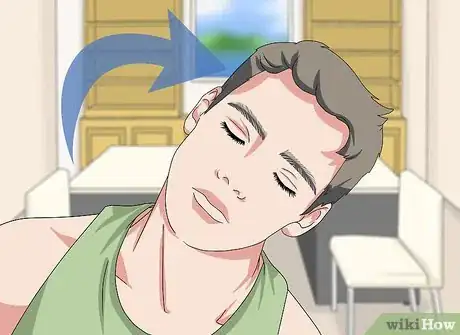
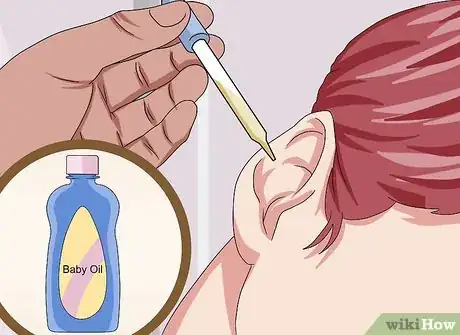
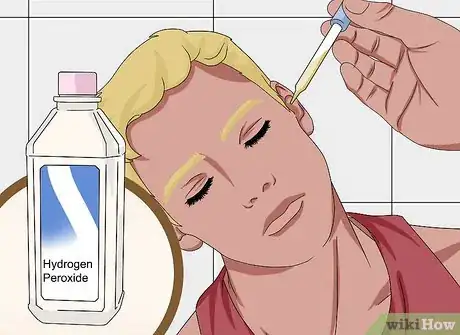
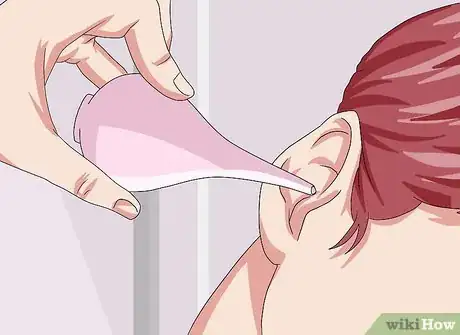
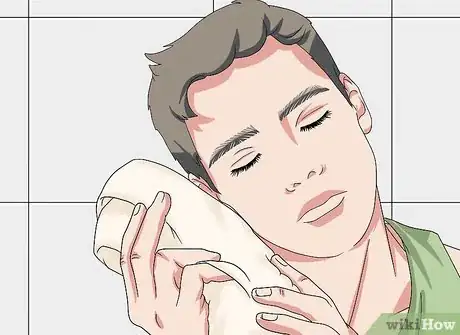
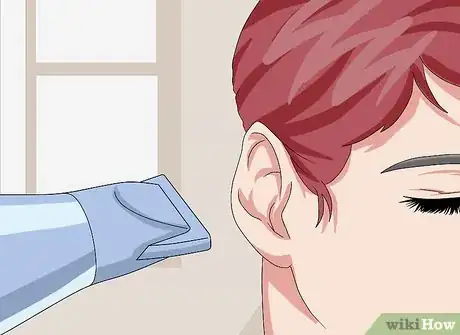
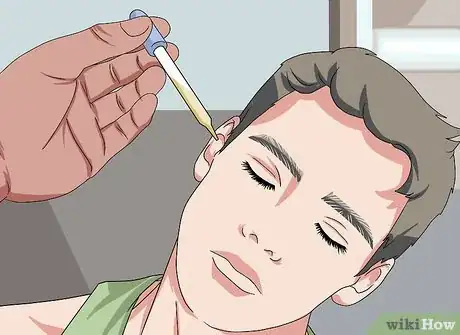
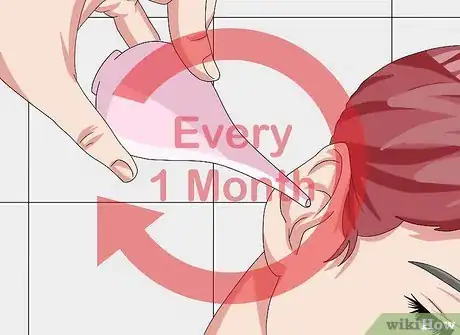
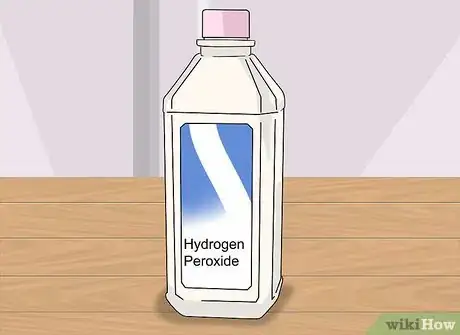
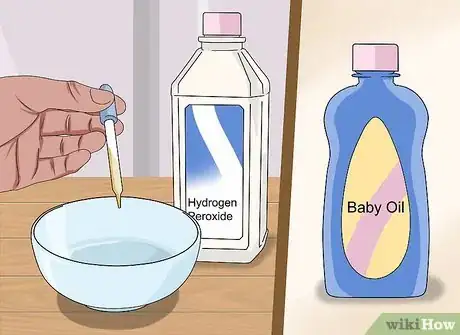

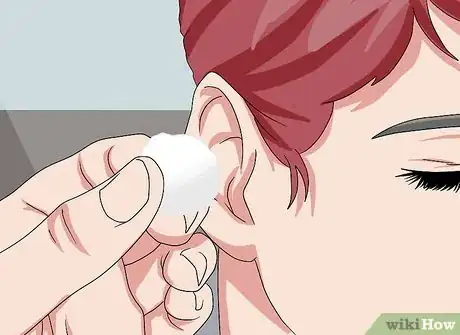
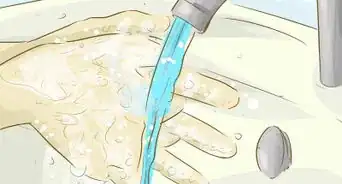
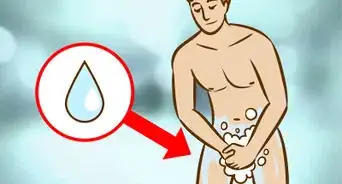
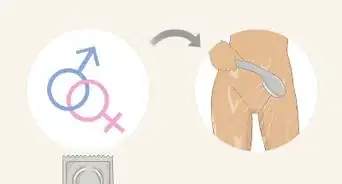

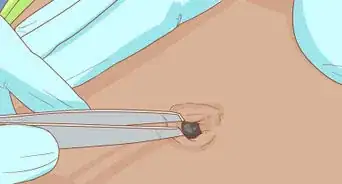
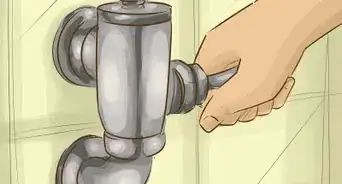

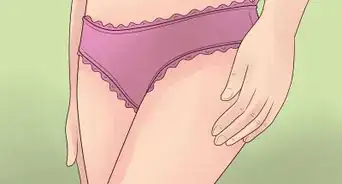



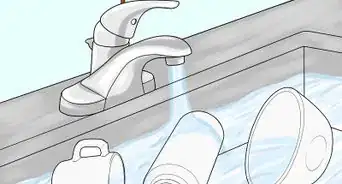
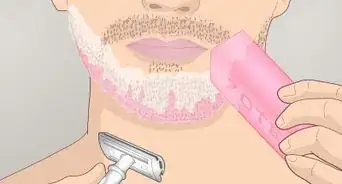








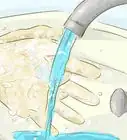






































Medical Disclaimer
The content of this article is not intended to be a substitute for professional medical advice, examination, diagnosis, or treatment. You should always contact your doctor or other qualified healthcare professional before starting, changing, or stopping any kind of health treatment.
Read More...